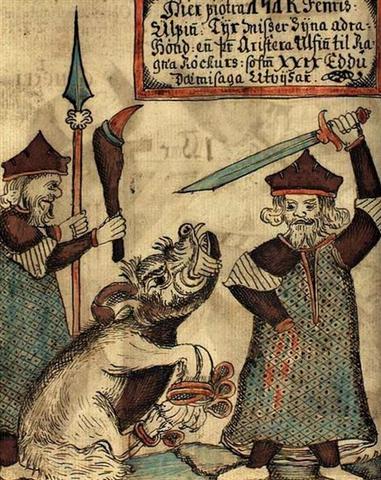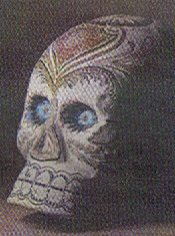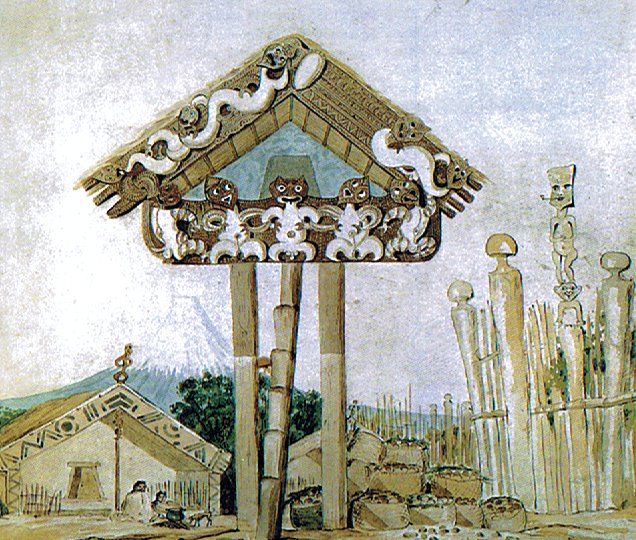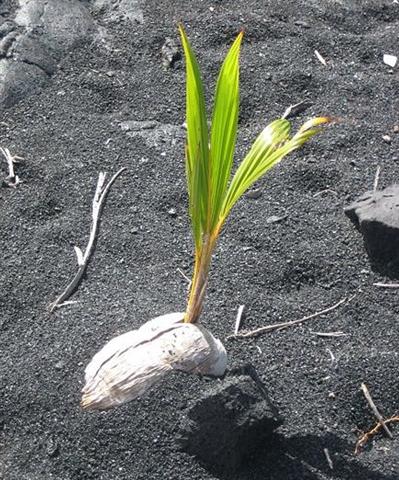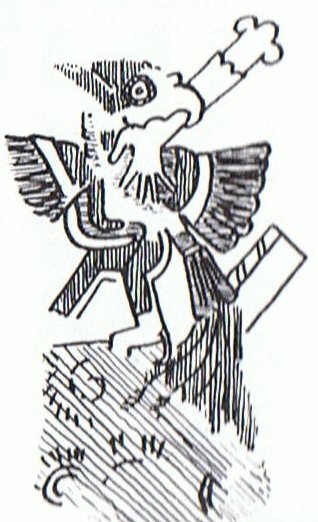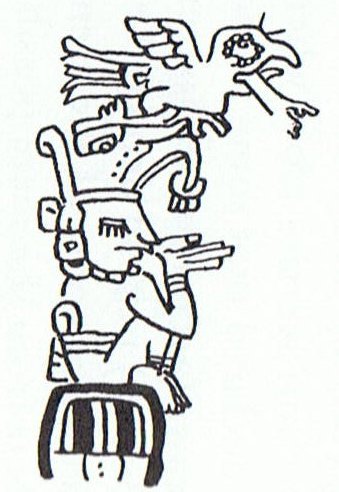|
R (Small
Washington Tablet)
23. We should go to Gb1-13 because that is the only rona glyph in the comparatively well known G text:
Above I have eliminated much information in order to better perceive some essentials. And then I have inserted an empty space to the right of Gb1-11 because that will emphasize the fact that the creator of the G text seems to have designed a triplet of glyphs after the 8 first days on side b of his tablet.
Clearly one of the 'twins' depicted in Gb1-10 (→
110 was a canonical number, the ideal age
which every Egyptian wished to reach and the age at which,
for example, the patriarch Joseph died ...) had lost his
hand (or
head).
... The chaotic tumult in the Curia
(where the Senate had their meeting and where they killed
Caesar) resulted in his dead body being left lying on the
floor, while all the Senators panicked and ran out through
the doors in different directions. They had planned to throw
his body into the river, but the time of plans and order was
in the past. Instead, in the afternoon, three of the slaves
of Caesar came and fetched his body, and carried him on a
stretcher to his home south of Forum - and
one arm was hanging down
in the corner where the 4th slave should have been
...
And as I clearly can remember (how could I possibly have forgotten it!) eventually all of the body parts of Captain Cook were returned to the Nazareans - with the exception of his hands (claws) and his head.
The glyph to the left of Gb1-10 seems to
show a central 'plumb line' (merkhet) hanging down from a place where, we can
imagine, a next to invisilble hand once upon a time had
secured the thong.
... Proclus informs us that the fox star
nibbles continuously at the thong
of the yoke which holds together heaven and earth;
German folklore adds that when the fox succeeds, the world
will come to its end. This fox star is no other than
Alcor, the small star g near zeta Ursae Majoris (in
India Arundati, the common wife of the Seven Rishis,
alpha-eta Ursae ...
... In the inscriptions of Dendera,
published by Dümichen, the goddess Hathor is called
'lady of every joy'. For once, Dümichen adds: Literally ...
'the lady of every heart circuit'. This is not to say that
the Egyptians had discovered the circulation of the blood.
But the determinative sign for 'heart' often figures as the
plumb bob at the end of a plumb
line coming from a well-known astronomical or surveying
device, the merkhet. Evidently, 'heart' is something
very specific, as it were the 'center of gravity' ... See
Aeg.Wb. 2, pp. 55f. for sign of the heart (ib) as
expressing generally 'the middle, the center'. And this may
lead in quite another direction. The Arabs preserved a name
for Canopus - besides calling the star Kalb at-tai-man
('heart of the south') ... Suhail el-wezn, 'Canopus
Ponderosus', the heavy-weighing Canopus, a name promptly
declared meaningless by the experts, but which could well
have belonged to an archaic system in which Canopus was the
weight at the end of the plumb line, as befitted its
important position as a heavy star at the South Pole of the
'waters below'. Here is a chain of inferences which might or
might not be valid, but it is allowable to test it, and no
inference at all would come from the 'lady of every joy'.
The line seems to state that Hathor (= Hat
Hor, 'House of Horus') 'rules' the revolution of a
specific celestial body - whether or not Canopus is alluded
to - or, if we can trust the translation 'every', the
revolution of all celestial bodies. As concerns the identity
of the ruling lady, the greater possibility speaks for
Sirius, but Venus cannot be excluded; in Mexico, too, Venus
is called 'heart of the earth'. The reader is invited to
imagine for himself what many thousands of such
pseudo-primitive or poetic interpretations must lead to: a
disfigured interpretation of Egyptian intellectual life ...
In the glyph to the right of Gb1-10 the
figure at the back (at left, in the past) seems to have evolved into
an arm (rima) with 2 elbows,
... The practice of turning down the fingers, contrary to
our practice, deserves notice, as perhaps explaining why
sometimes savages are reported to be unable to count above
four. The European holds up one finger, which he counts, the
native counts those that are down and says 'four'. Two
fingers held up, the native counting those that are down,
calls 'three'; and so on until the white man, holding up
five fingers, gives the native none turned down to count.
The native is nunplussed, and the enquirer reports that
savages can not count above four ...
Gb1-11
whereas the lost figure in front has
changed into a growth with a double set of 'leaves'
(emerging from a 'nut').
... According to an etiological Hawaiian myth, the breadfruit originated from the sacrifice of the war god Kū [alias Tyr as in Tuesday, i.e. the planet Mars]. After deciding to live secretly among mortals as a farmer, Ku married and had children. He and his family lived happily until a famine seized their island. When he could no longer bear to watch his children suffer, Ku told his wife that he could deliver them from starvation, but to do so he would have to leave them. Reluctantly, she agreed, and at her word, Ku descended into the ground right where he had stood until only the top of his head was visible. His family waited around the spot he had last been day and night, watering it with their tears until suddenly a small green shoot appeared where Ku had stood. Quickly, the shoot grew into a tall and leafy tree that was laden with heavy breadfruits that Ku's family and neighbors gratefully ate, joyfully saved from starvation ... His fellow twin had evolved into an arm with a double elbow, whereas the one 'who died' had presumably been buried in order to recreate life. ... The father does not disappear, but goes on being fulfilled. Neither dimmed nor destroyed is the face of a lord, a warrior, craftsman, an orator. Rather, he will leave his daughters and sons. So it is that I have done likewise through you. Now go up there on the face of the earth; you will not die. Keep the word. So be it, said the head of One and Seven Hunaphu - they were of one mind when they did it ...
... 'How many are you?' He answered, 'There are two of us.' Ira continued asking, 'Where is he (the other)?' To that he answered, 'The one died.' Again Ira asked, 'Who has died?' He replied, 'That was Te Ohiro A Te Runu.' Ira asked anew, 'And who are your?' He answered, 'Nga Tavake A Te Rona.' ... Ohiro was the name for the dark night of the Moon, and also a name for the planet Mercury.
One of the Gemini twins was mortal, viz. Castor, and presumably he represented the vegetation which withered and died at the end of summer.
|
||||||||||||||||||||||||||||||||||




